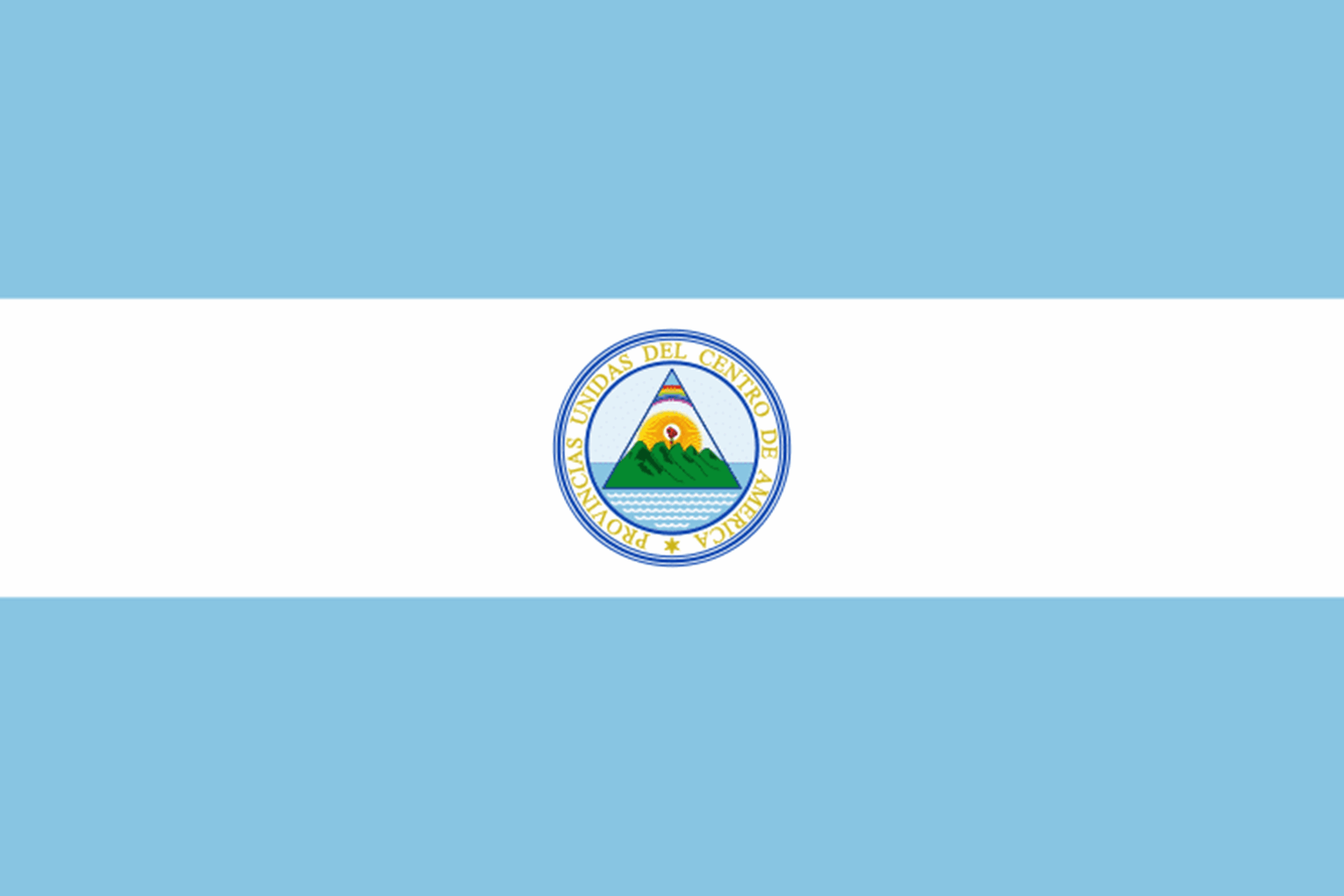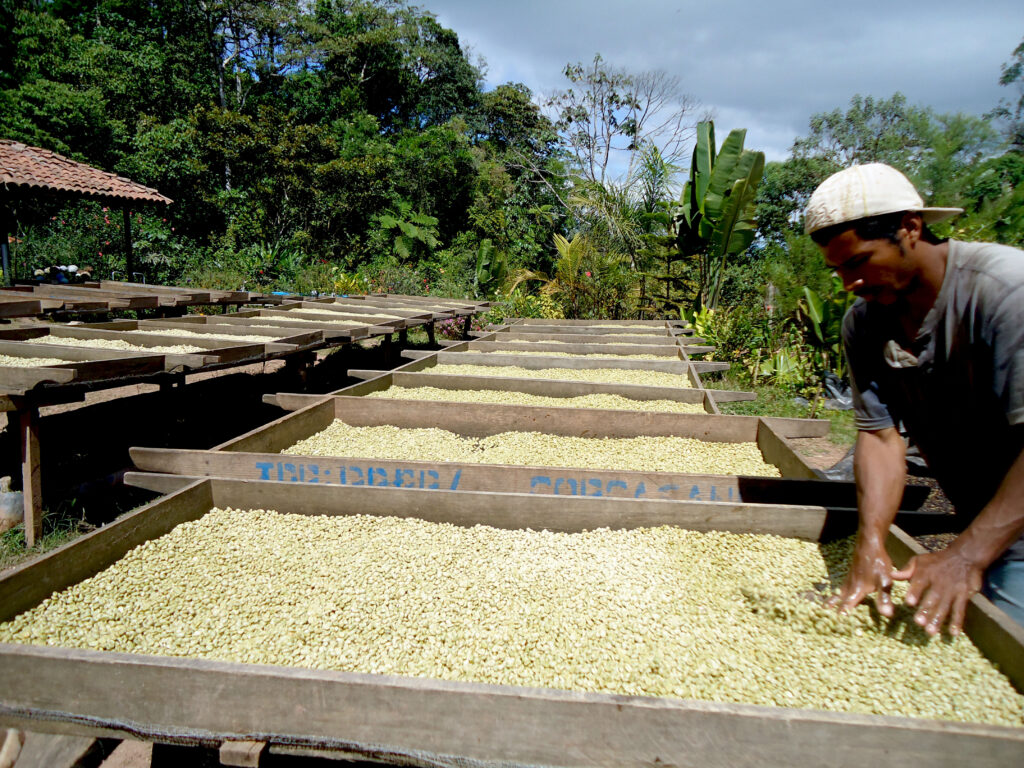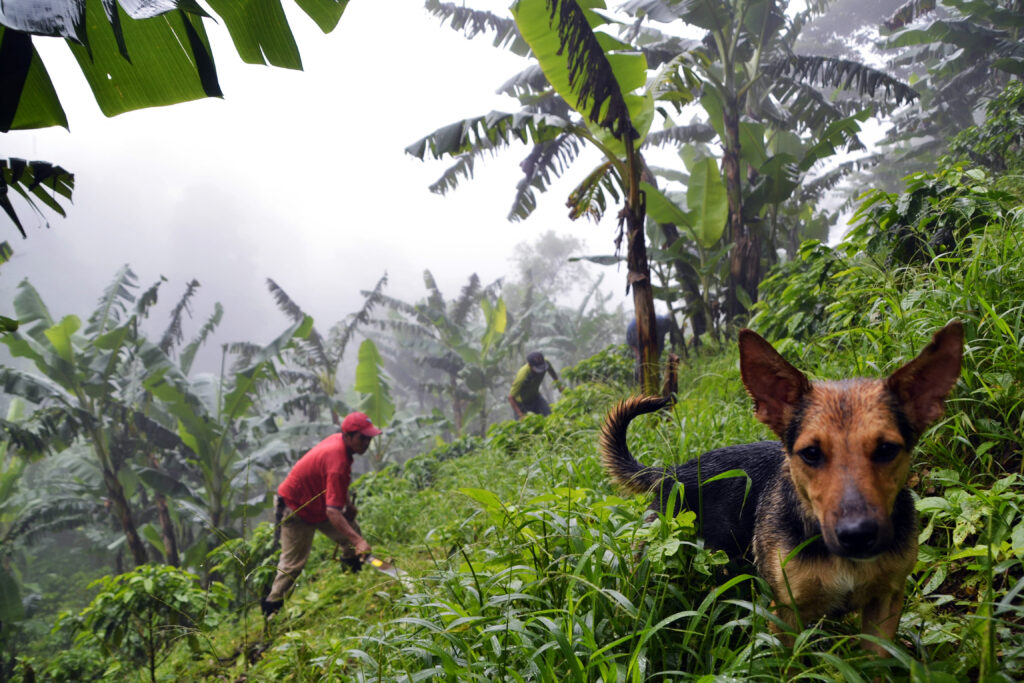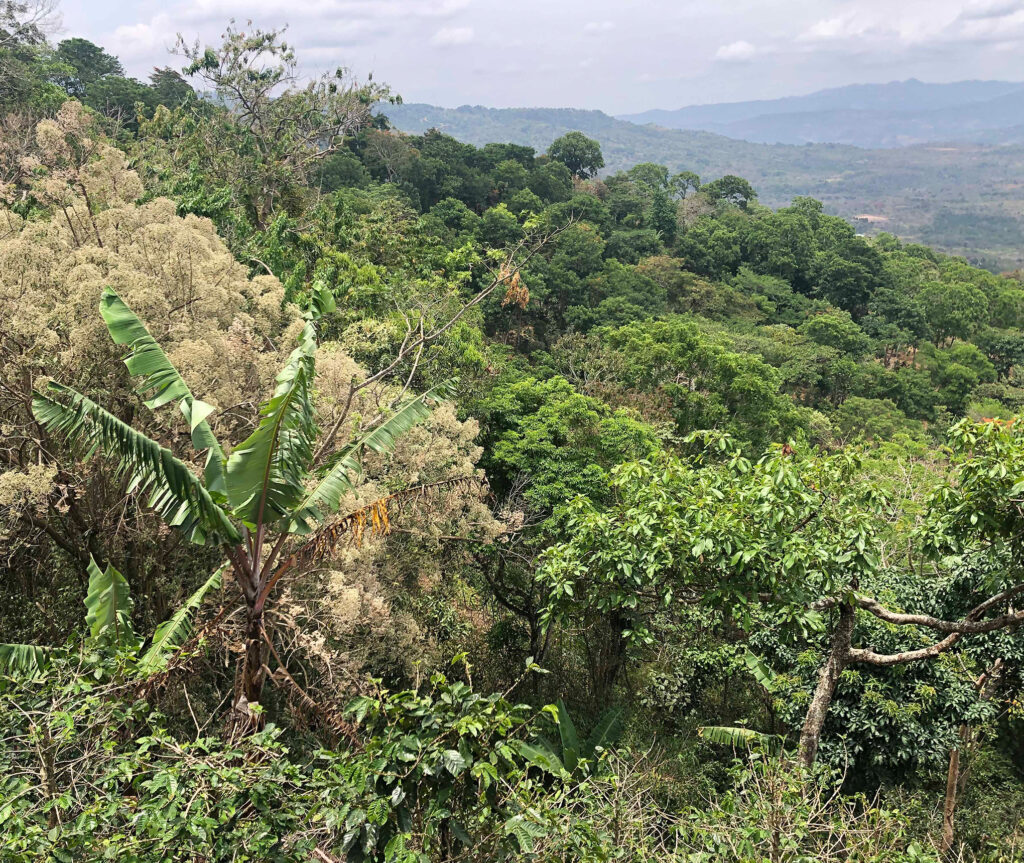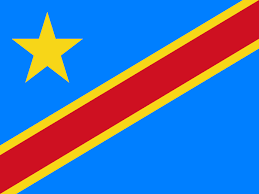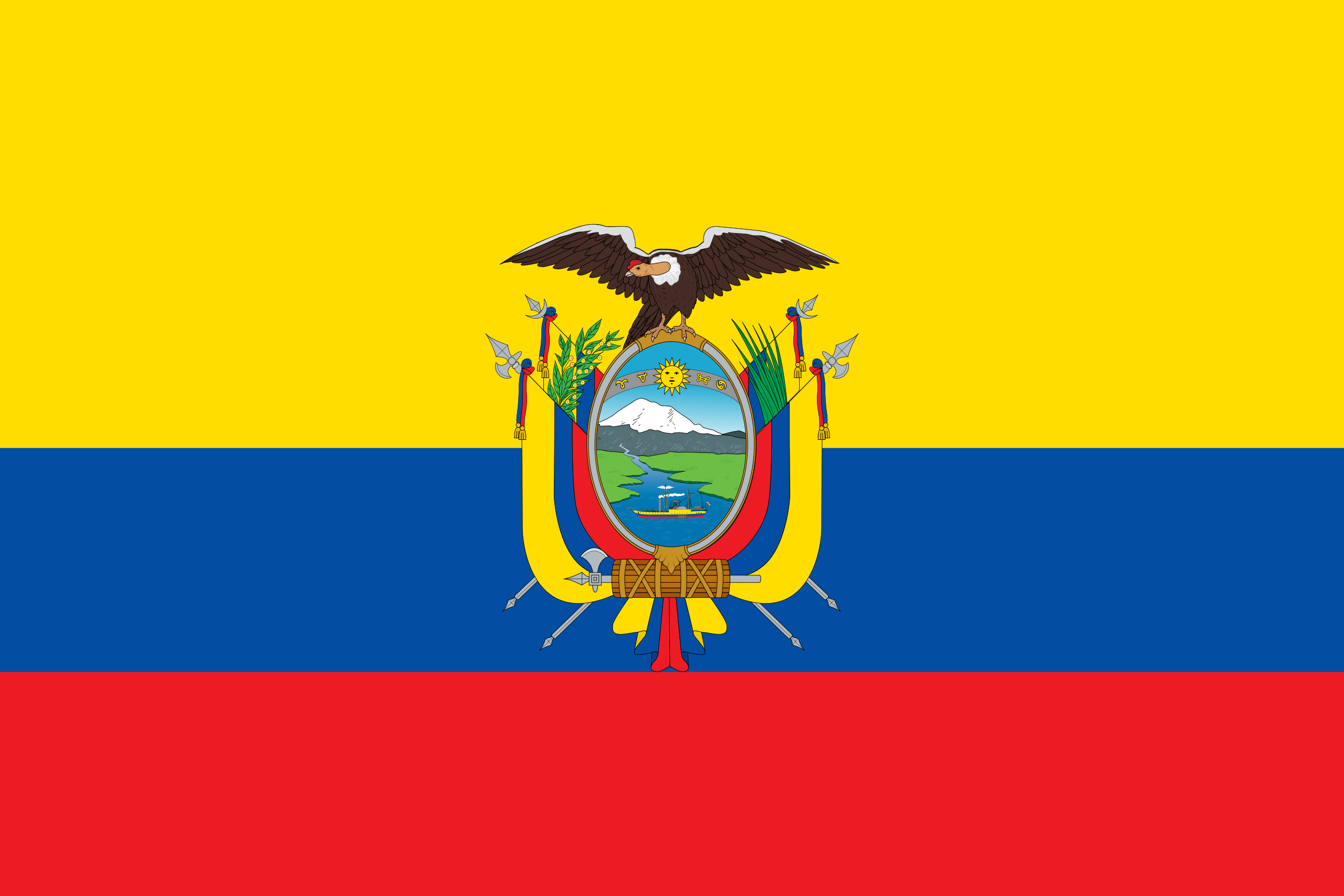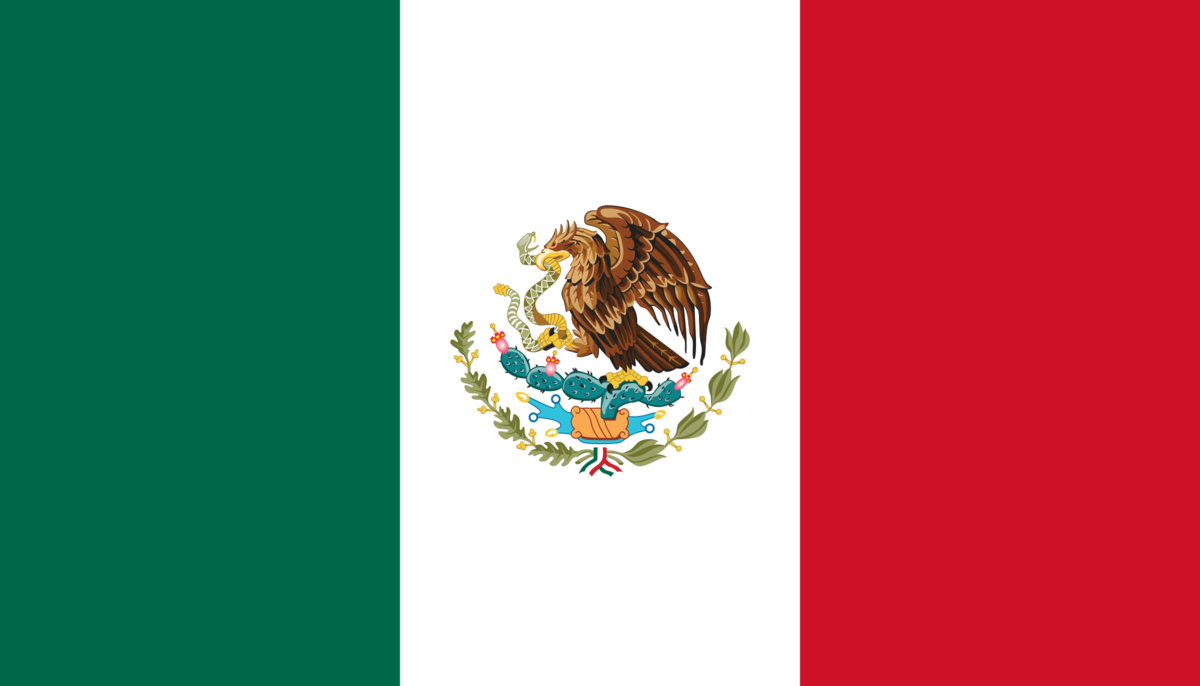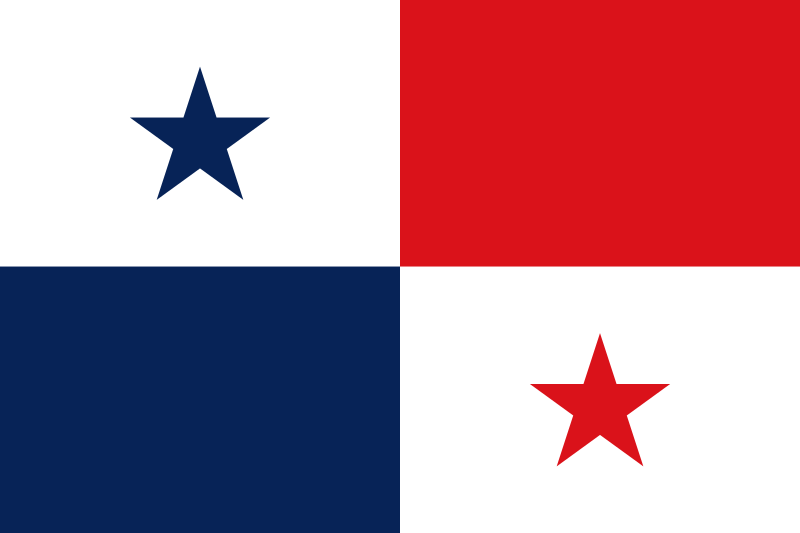With a tumultuous history, Nicaragua is building its repertoire as a coffee-producing country.
Introduced into the country in the mid-1800s and forming a central position in the country’s economy for more than a century, coffee is currently Nicaragua’s primary export. Its production generates over $448 million dollars a year in exports, representing 8.2% of overall exports, and provides more than 200,000 jobs to locals.
View Coffees-
Place In World For Coffee Exporter11th
-
Sacks (60kg) exported annually2,954,000
-
Percentage of world coffee market2.2%
-
Other major agricultural exportsSugar, peanuts, bananas, and beans
-
Estimated number of families relying on coffee for livelihood?More than 40,000
-
Typical varieties producedCaturra, Bourbon, Maracaturra, Maragogype, Pacamara, Catuaí, & Catimor
-
Key coffee regionsMatagalpa, Jinotega, Estelí Madriz and Nueva Segovia
-
Typical harvest timesDecember - March
-
Typically availableMay
